What is the role of permaculture in a yoga community based on 86 acres of agricultural land? Below is an excerpt from an online article published by Permaculture Magazine.
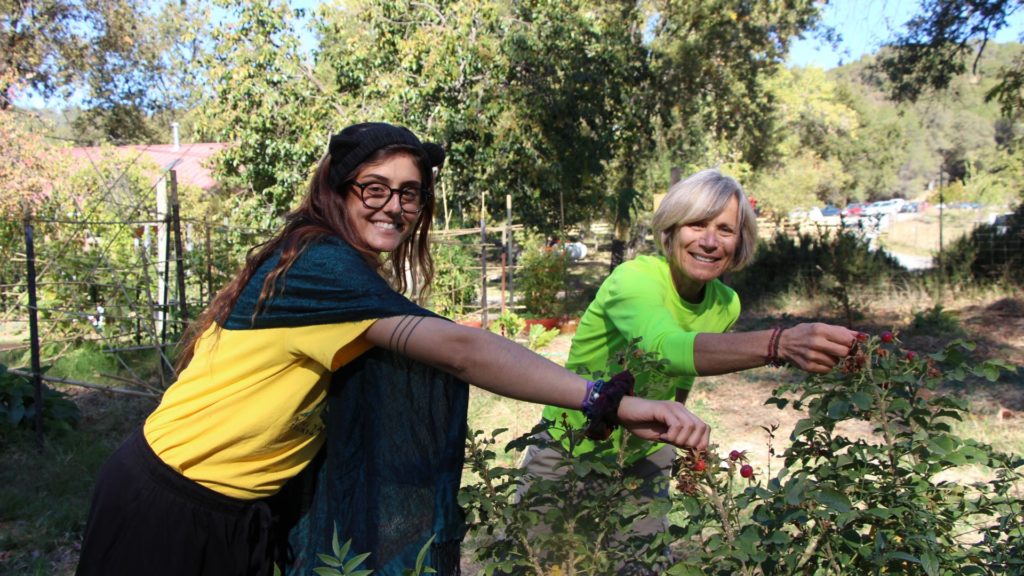
At the Sivananda Ashram Yoga Farm in Grass Valley, California, daily life can be an interesting and exacting experience. For one, things are done differently than the ‘status quo’ and strict yogic guidelines are followed. We follow a vegetarian diet and stick to a disciplined schedule that involves daily meditation and yoga.
Spiritual community is at the core of the lifestyle at the Yoga Farm. The primary focus and mission of the Sivananda organization is the dissemination and propagation of classical yoga. We teach yoga from a holistic perspective and it is a way of life rather than solely physical exercise.
Our director and head teacher Swami Sitaramananda often jokes that the Yoga Farm ‘grows yogis’. For a long time, that statement was exclusively true. Until relatively recently, the Yoga Farm didn’t produce crops for harvest, despite the fact that the 35 hectare (86 acre) property is designated as agricultural land to the U.S. government.
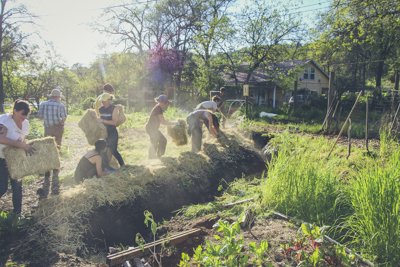
Developing the Farm
The Yoga Farm was established in 1971 and the first garden was planted in the early ’90s. Since then we’ve expanded our garden, added a greenhouse, llama/alpaca/goat pen, solar panels, orchards and lavender fields. These projects and more were possible because of the dedication of our volunteers. It is the spirit of volunteerism that allows the community to flourish.
Everyone who lives at the Ashram, even the director, is a volunteer. And to be honest, we are often short handed. For this reason, it can be a challenge to see certain projects come to fruition – especially permaculture projects.
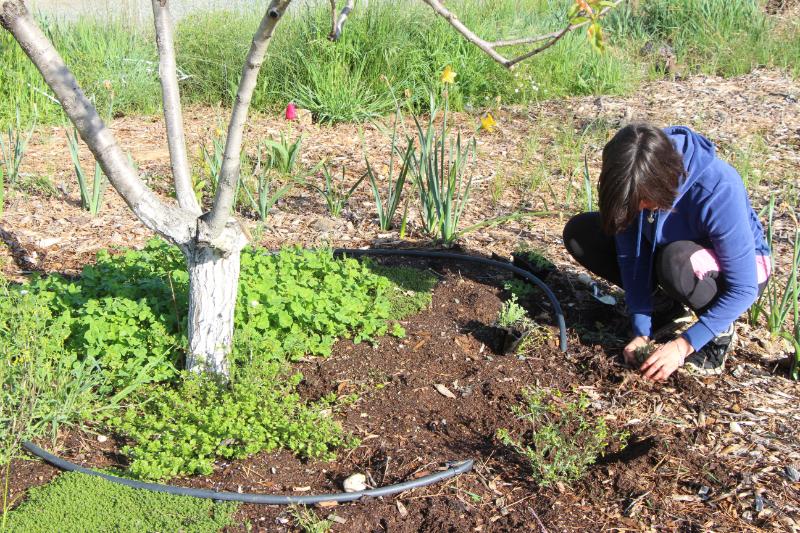
We’ve implemented small and slow solutions where we can: struggling fruit tree guilds here and there, dappled hugelkultur and sheet mulching in the garden, experiments with polycultures, composting, no-till methods in the lavender fields, fertilizing with on-site pond algae and llama manure … the list goes on. Often, projects are started and then fall apart until somebody comes along and revamps it.
Despite these challenges, community continues to present itself as the most valuable resource. As many permaculturists and gardeners know, many hands makes light work. Many hands also makes that work more enjoyable.
As somebody who wants to see permaculture projects thrive, I’ve learned that collaboration is vital. Guided by permaculture principles, below are some practical ways that we’ve expanded our permaculture department with the help of our community.
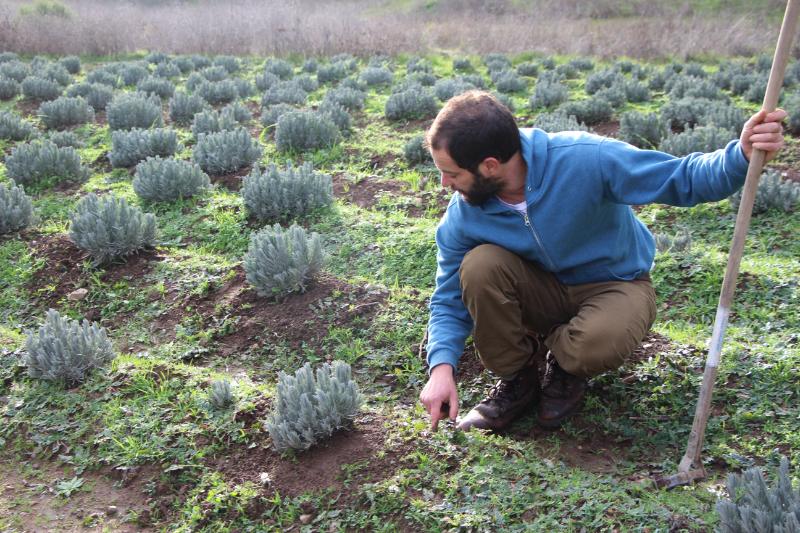
Observe and Interact
Interestingly, the Sanskrit word ‘Śuśrūsate’ translates to ‘the desire to listen to’ and ‘to serve’. The two meanings go hand in hand. For me, that is an indispensable lesson. When I first arrived at the Yoga Farm, I wasn’t good at listening. One could say I was overzealous in wanting to implement permaculture.
I got frustrated because there wasn’t enough time or people to do it at the scale I wanted. My ego got in the way and I started criticizing everything around me for not being ‘permaculture-y enough’. The longer I stayed, watching and participating in the community, I realized that my narrow ideas of ‘how it should be’ were limiting my capacity to see ‘what could be’.
Once my mind and emotions calmed down, I was able to take a step back and really listen. I was able to surrender and let go of my preconceived notions and judgements. I learned that before trying to change a system, it’s best to learn how it works.
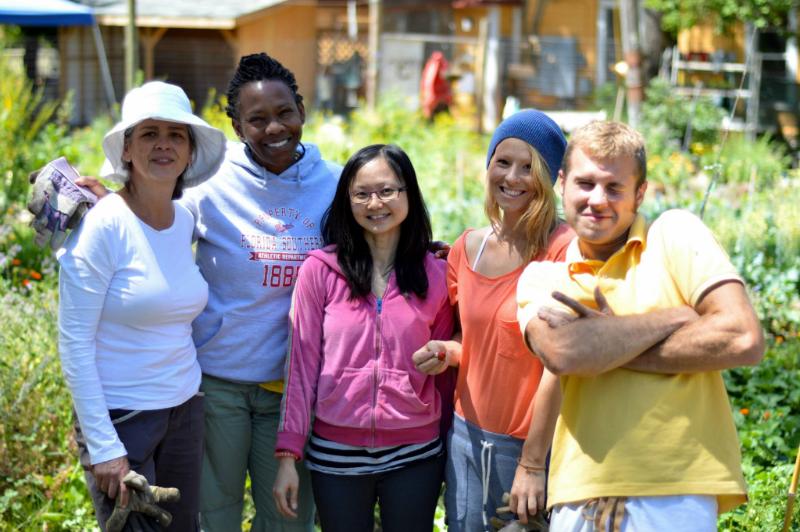
I learned that the primary driving force behind the community was yoga and selfless service, not permaculture. Although permaculture was valued and desired, it was seen as a means to an end. It was only one of many methods to reach the organization’s mission of inner and outer peace.
This new-found clarity helped me collaborate with others without agitating the community structure. To do that, I had to stop trying to assert my own structure. As soon as I aligned with the systems already in place, the next steps became obvious.
Author

Colin Eldridge (Krishna Das)
Krishna Das teaches and helps coordinate Yoga and Permaculture programs at the Sivananda Yoga Farm.

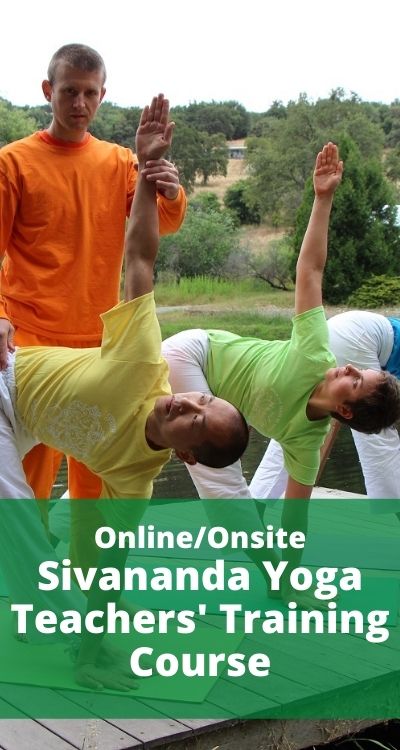

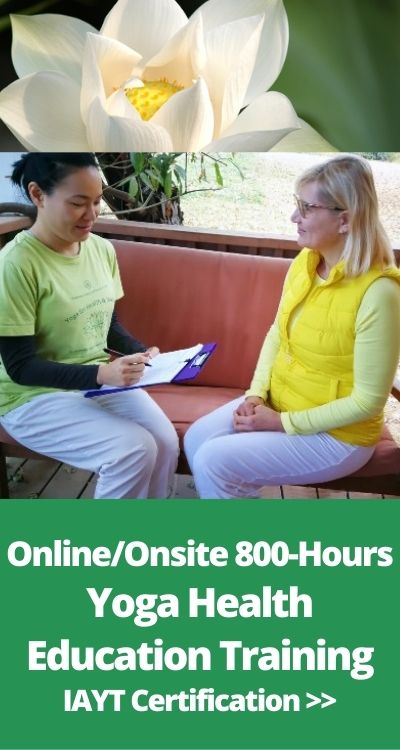
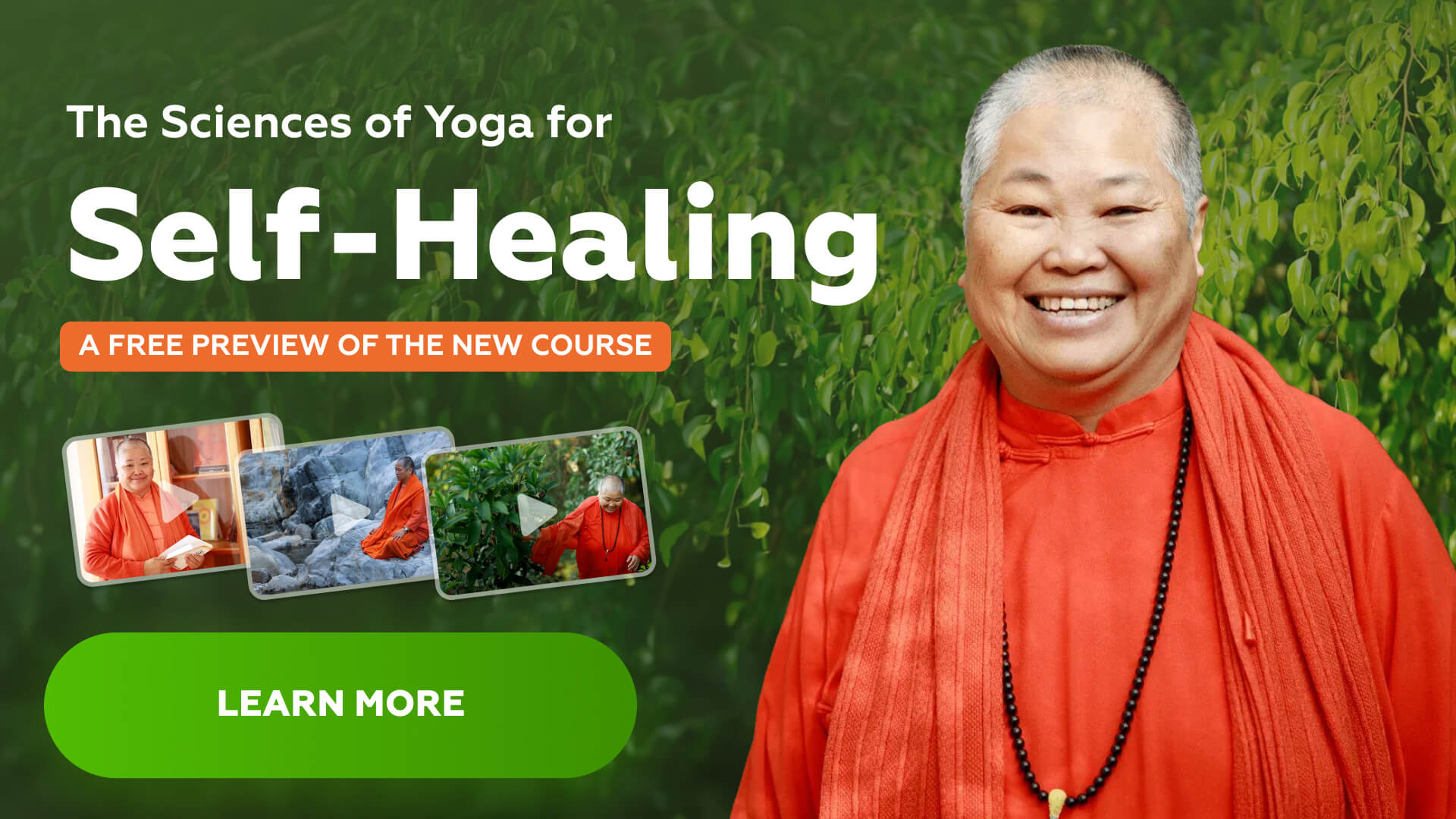
Good day 🙂!
I’ll try to be brief, and present info in brevity. I have been going through a spiritual awaking for several years now. I have shifted to a primarily vegetarian diet. I am not in alignment with society programming. I owned my own landscape and hardscape business for 10 years. I am both a manger and a front line, one for in the trench man. I’m 50. I’m looking for a place that I can live for free in exchange for my hands on skills (30 +/-hits per week?) I am looking for a culture that is VERY spiritually oriented. I am a done for learning, and humbly share what knowledge I bring to the table. Location (ie climate and geography very much a consideration). Lastly, as I read info on the website, the one thing that REALLY kindled a fire in me about your community was that you are short handed, etc. I am at my happiest when I can collaborate with people towards a common goal. I must say, I’m def not the, ” know it all fellow”. Make no mistake, I am there to follow direction, and apply any skills you may need. IDK, what else, I’m a left handed Libra (lol), a sentimental romantic….. And I can split wood and design cost effective irrigation systems.
PLEASE NOTE: I WOULD BE VERY GRATEFUL FOR YOUR RESPONSE. HOWEVER I WILL BE OFF GRID FOR ABOUT A WEEK, STARTING TMRW MONDAY AFTERNOON.
So any communication would be appreciated, but I will be offline as mentioned.
Lastly, I have NO ties or obligations in my life right now. The universe has blessed my with the opportunity to follow my PURPOSE ✨
Respectfully,
Kerry P
985-264-2466
[email protected]
Om Blessed Kerry,
Thank you for sharing your story! Good to hear that you are finding spirituality and that you have skills in landscaping. We are always looking for skilled and dedicated volunteers. Sounds like the Yoga Farm would be a wonderful place to for you to flourish.
If you are interested in serving with us, please fill out the karma yoga / seva study application. Seva study is more long term, Karma Yoga is short term. There is also a Karma Yoga with Garden Focus form. Please read the full page in the link below and fill out the appropriate application. You can indicate your skills on the form. There is a cost associated with these programs, but you can indicate your financial needs on the form.
https://sivanandayogafarm.org/karma-yoga/
Om Shanti,
~Krishna Das